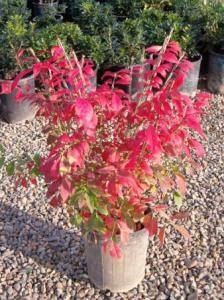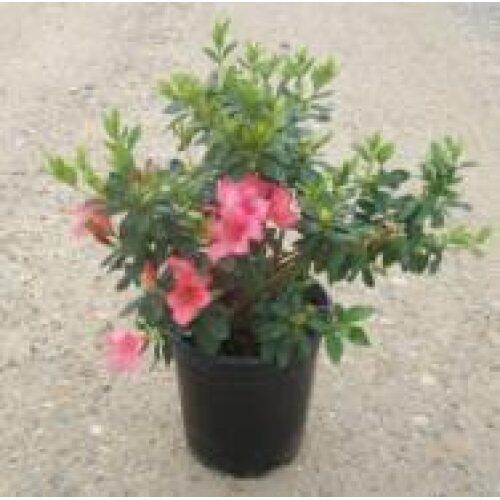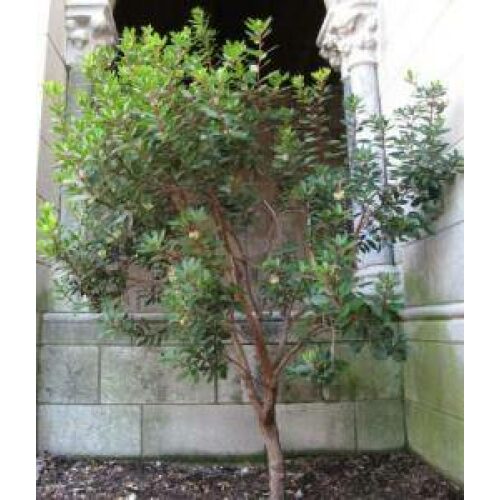Euonymus alatus ‘Compacta’
Dwarf Burning Bush
| Evergreen-Deciduous | Evergreen |
|---|---|
| Overall Mature Size | Large |
| Mature Height & Spread | 10' x 10-12' |
| Exposure | Full sun |
| Water | Medium Water |
| Flower Color | Yellow, Green |
| Bloom Time | Spring |
| Special Features | Attracts Birds, Butterflies, Desert Conditions, Fall Color, Shade Tolerant |
| Container Sizes | #1, #5 |
| Natural Growth Habit | Upright |
| Sunset Garden Zones | 2-10, 14-16 |
| Minimum USDA Hardiness Zone | 4-9 |
| Plant Type | Shrub |
Euonymus alatus ‘Compacta’ (Dwarf Burning Bush) is a compact slow growing shrub. The dark green leaves turn rose-red in fall making a speactacular display of foliage especially as a strong accent to evergreens. It is also excellent as a hedge or used as a screen. If pruned so the branch structure is visible there is a corky texture to the bark.Euonymus alatus ‘Compactus’ is popular but somewhat misunderstood. It is a deciduous shrub. And it is not all that compact”. It typically grows in a mound to 10 ft. tall with a slightly larger spread. It can easily be kept shorter by pruning but in so doing the spectacular red fall foliage that gave rise to the Burning Bush name is diminshed.Small yellowish-green flowers appear in May but they are not showy. Small fruits (little red capsules) appear in fall but they are usually hidden by the foliage. The corky bark ridges on the branches of euonymus alatus points to the origin of an additional common name: ‘Winged Euonymus’.As with other Euonymus species these plants need room to grow. They accept pruning and/or shearing but in shearing back they lose the shrub’s best features the bright red fall color. If you look at shorn Burning Bush you will find that most of them are a dark maroon red and don’t really stand out much in the landscape. It is the leaves at the tips of the branches that have the best color and this growth is removed with shearing.The Burning Bush needs a sunny location if it is to turn maximum red. In shady spots the leaves turn a washed out pink or have no color at all. The pink is acceptable but is not the brilliant red seen when the shrub is planted in full sun.




